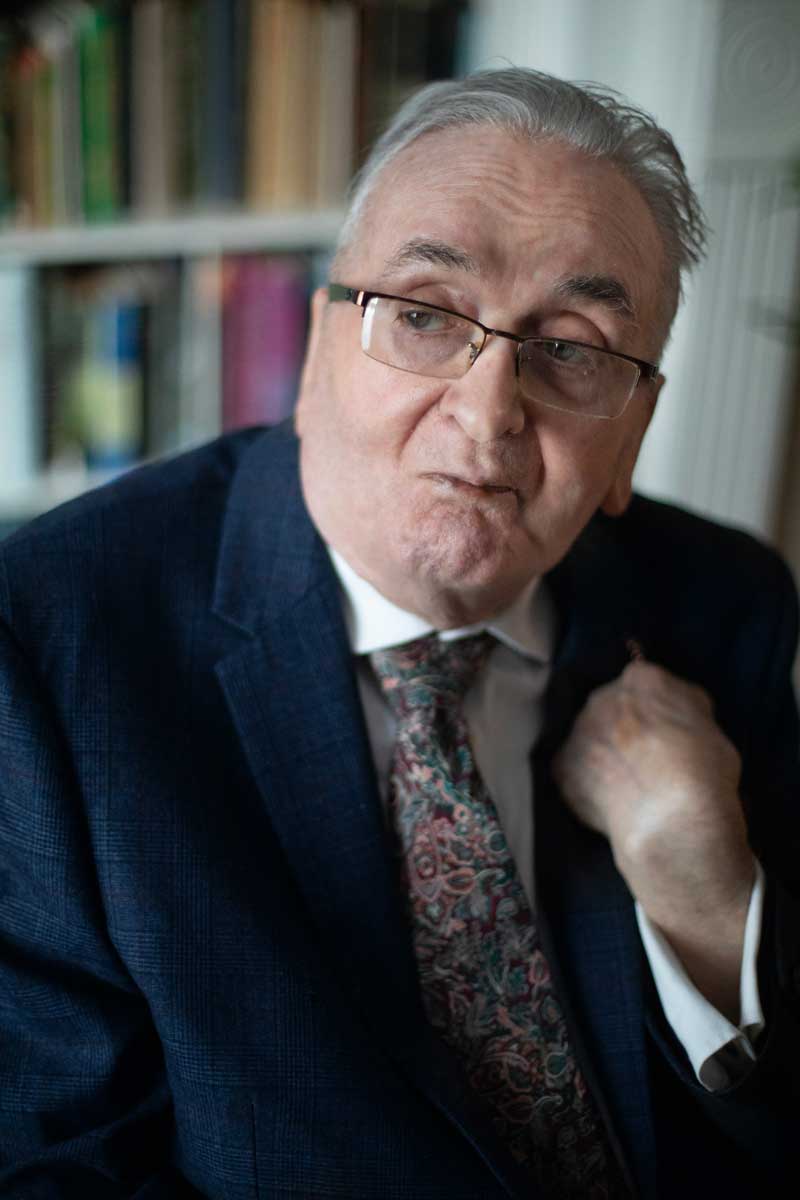Work and compositions
Read about Bodley’s work and compositions, his international and public life.
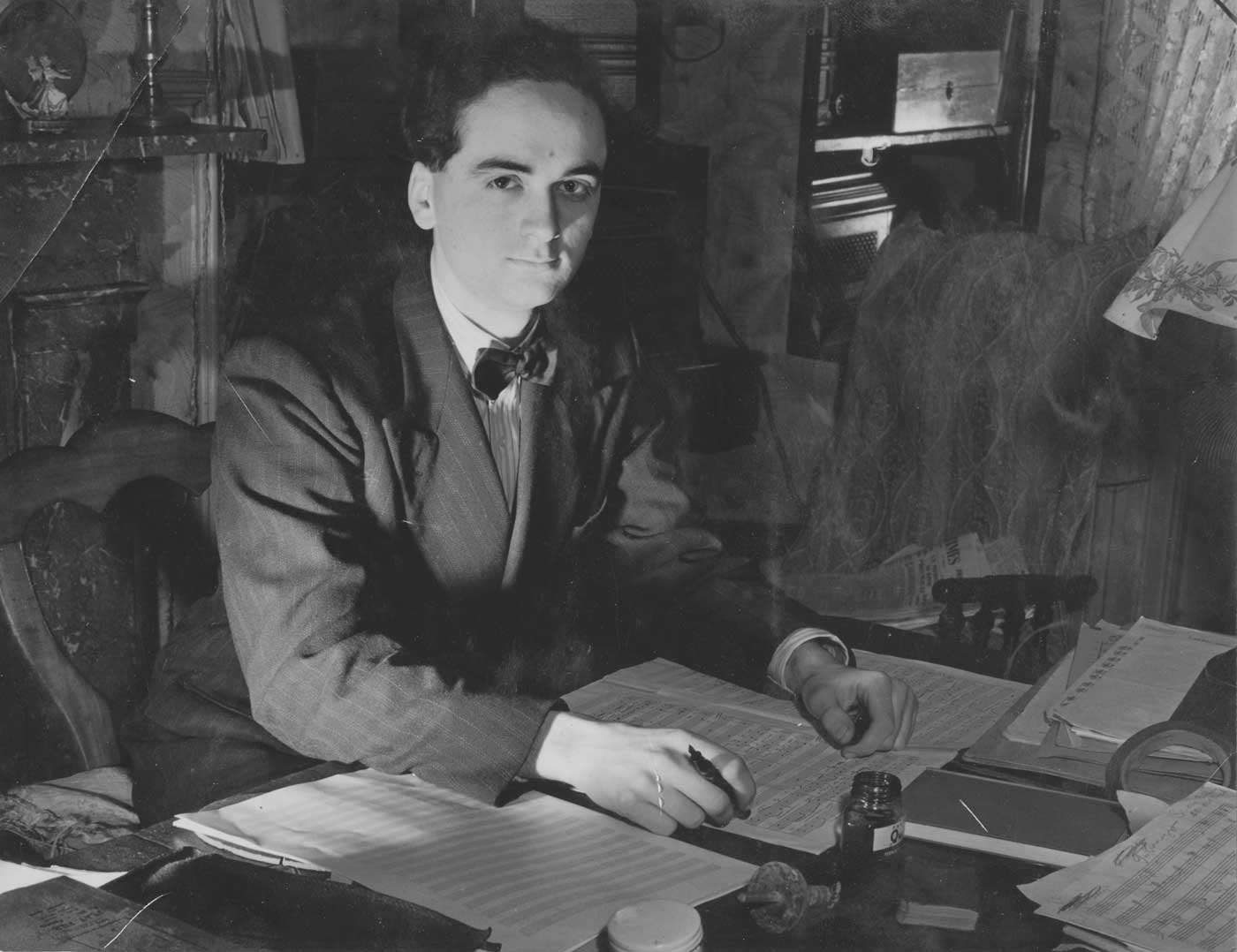
Work and Compositions
Bodley has been described as a chameleon composer because of his eclecticism and evolution of contrasting styles across a long compositional career of almost 70 years, which include a range of musical styles from the European avant-garde to Irish traditional music. He belongs to an extraordinary generation of European composers who emerged in the postwar years while still in their 20s. In Europe they started a revolution in music and in Ireland Bodley was in the front ranks. Right from the beginning his lyricism, structural intelligence and ‘contrapuntal ingenuity’ is celebrated in his earliest orchestral works, for example his popular Movement for Orchestra (1955), Salve Regina Virgo (1957) and Sonata for Violin and Piano (1959), with Acton singling him out as composing ‘as clearly, acceptably and attractively as the best of Shostakovich, Hindemith or Prokofiev’ (Irish Times, 6.3.1964). Bodley’s determination to forge a musical style in keeping with the post-second-world-war era can already be heard in the Divertimento for String Orchestra (1961). Already he was using the 12-notes of the chromatic scale in a very personal way, refusing to be bound by Schoenbergian rules. As a young composer he matched restless intelligence with great force of mind as can be seen in imaginative works he wrote for amateur choir such as Trí Aortha (Three Satires). But he was also capable of ferocious abstraction, as in the case of his first string quartet (1968), a test case in applying serial principles to rhythm, volume and colour. In Prelude, Toccata and Epilogue, the writing for piano set the explosive pattern for later keyboard works especially An Exchange of Letters (2002) and Chiaroscuro (2000), which is a stiff test for the virtuoso.
International and Public Life
By the 1960s, Bodley’s international reputation had grown. He was widely recognised as ‘the principal exponent of post-serial compositional procedures’ (Cox, 2010) and travelled extensively, giving performances of his own music.His Chamber Symphony no.1 (1964) conducted by Tibor Paul in the Phoenix Hall uses a combination of 11 solo instruments which results in clear highly-coloured lines. Technically the composition combines both twelve-note procedures and free composition on the basic intervals of the fundamental row. He conducted a performance of his Chamber Symphony no. 1 (1964) recorded for the 1964 UNESCO International Rostrum of Composers in Paris. In 1968 he was invited to attend the International Music Congress in New York, which was jointly hosted by the International Music Council, the International Association of Music Libraries, and the US National Commission for UNESCO.
Three summers spent in Darmstadt (1963–65) brought Bodley into contact with other European inquiring musical minds such as Pierre Boulez and Karlheinz Stockhausen, but he also stood apart from their outright rejection of nationalist idioms and artistically he trod a lonely path. The courage he showed in continuing the great adventure of musical modernism in Ireland was heroic because part of this journey, in carying the main musical institutions and widest possible audience with him, meant shouldering audience (and sometimes performers’) misapprehension. In the programme note for the first performance, Gerard Gillen recognized Configurations (1967) as a milestone in the history of Irish art music: ‘Bodley is a composer who has a unique and compelling language, an impressive technical mastery with which he has to convey his ideas, and a lively imagination ever questing for new and unexplored avenues of expression … [He] has decidedly taken his place among the most avant-garde of contemporary composers (29.1.1967). At the Gaiety premiere of Configurations however, in which he explored an unconventional concert format under the professional baton of Tibor Paul, one audience member remarked at its conclusion, ‘so well they might pull the curtain down’. For political as much as musical reasons, The Narrow Road to the Deep North – an extraordinary commission by the Belfast Festival, premiered at Whitla Hall in Queen’s University Belfast at the height of ‘the Troubles’ in Northern Ireland – provoked an equally strong audience reaction. In later years, Bodley recalled, ‘half the audience went one way and half went the other’, no doubt provoked by the music’s commentary on the political situation, the notion of conflict between Irish traditional airs and its dissonant bedrock, most especially the lack of resolution (or unity) between music and texture, and symbolic single note statement at the very heart of the work. If ever art commented on politics in Bodley’s work, it is here.
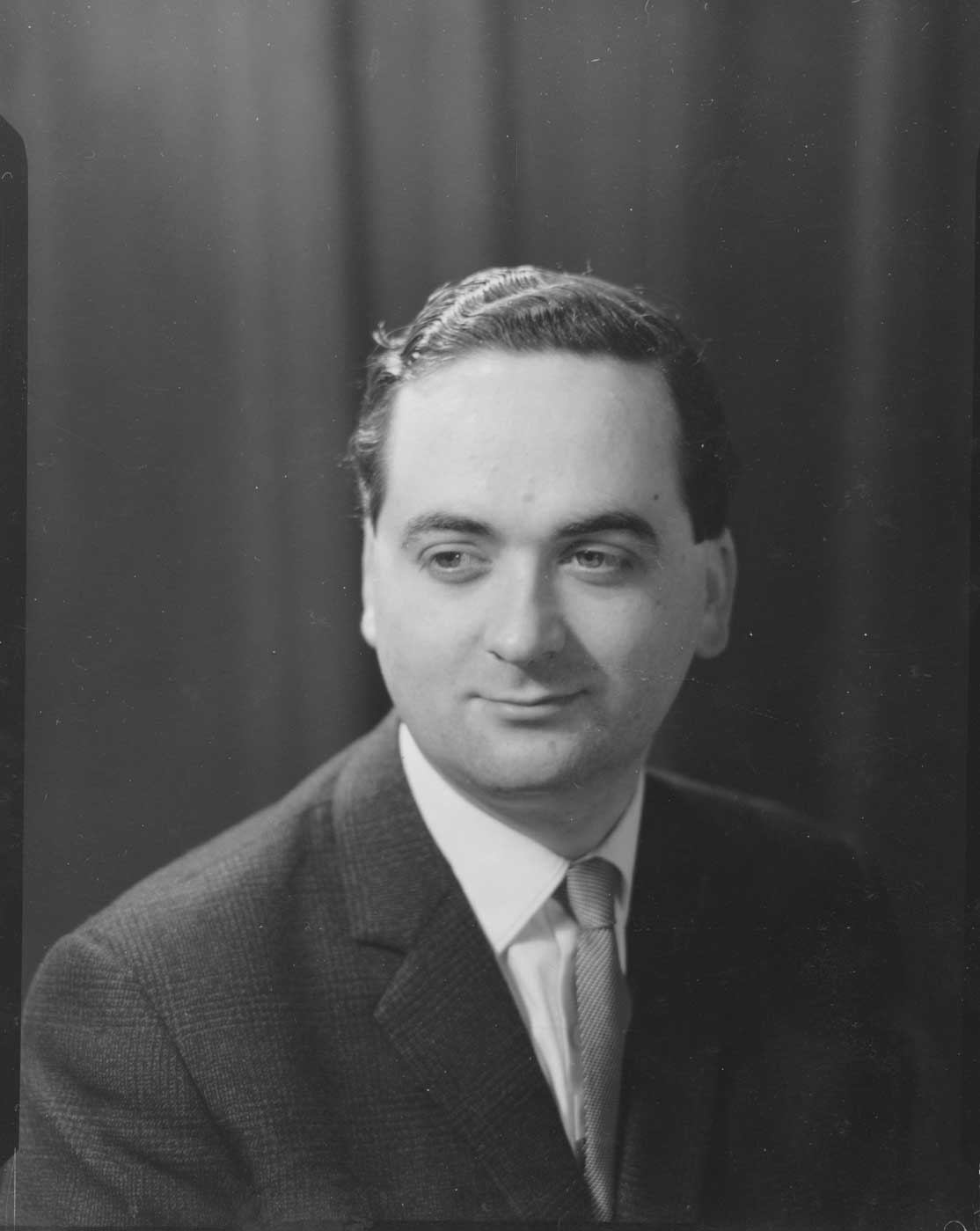
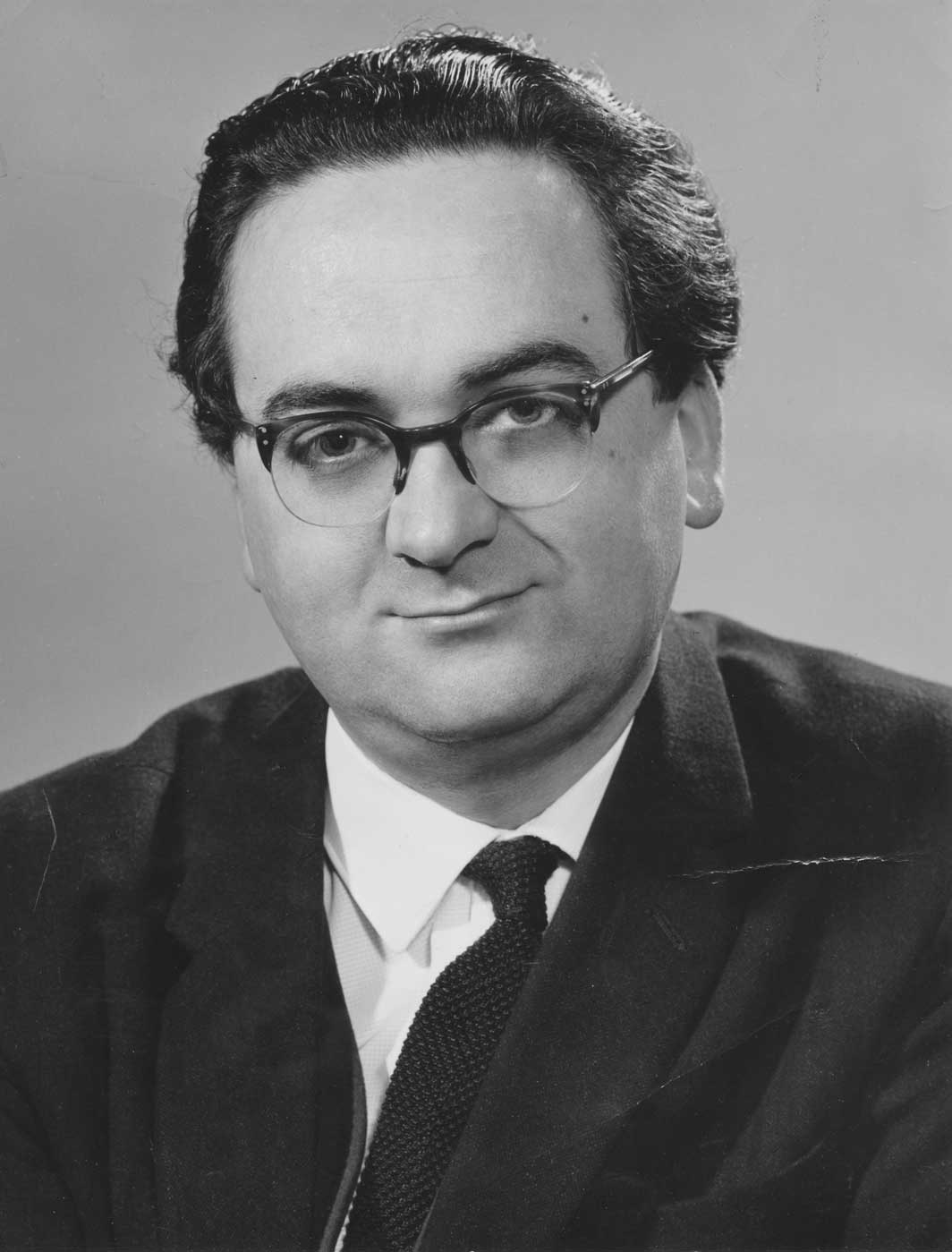
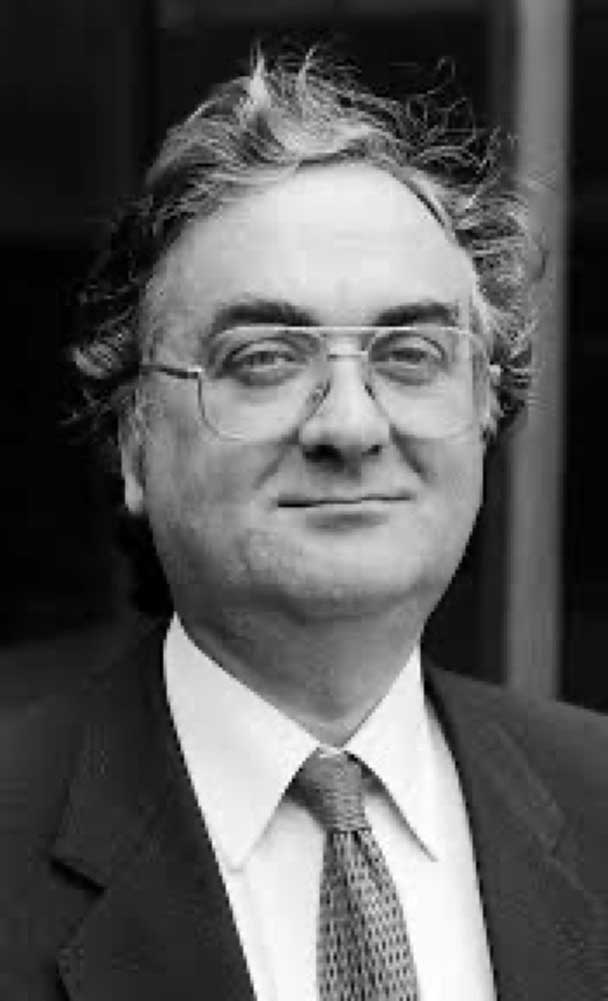
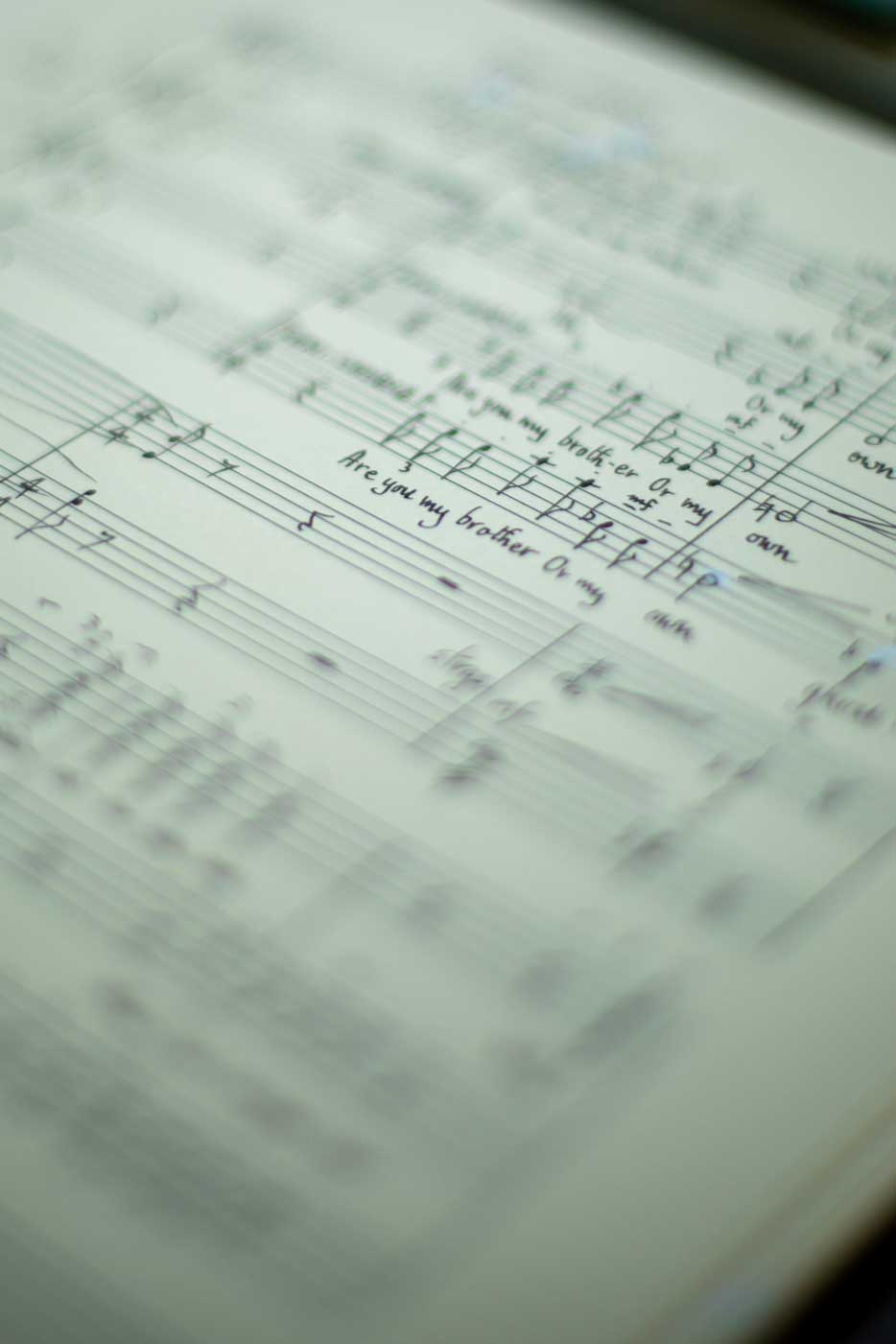
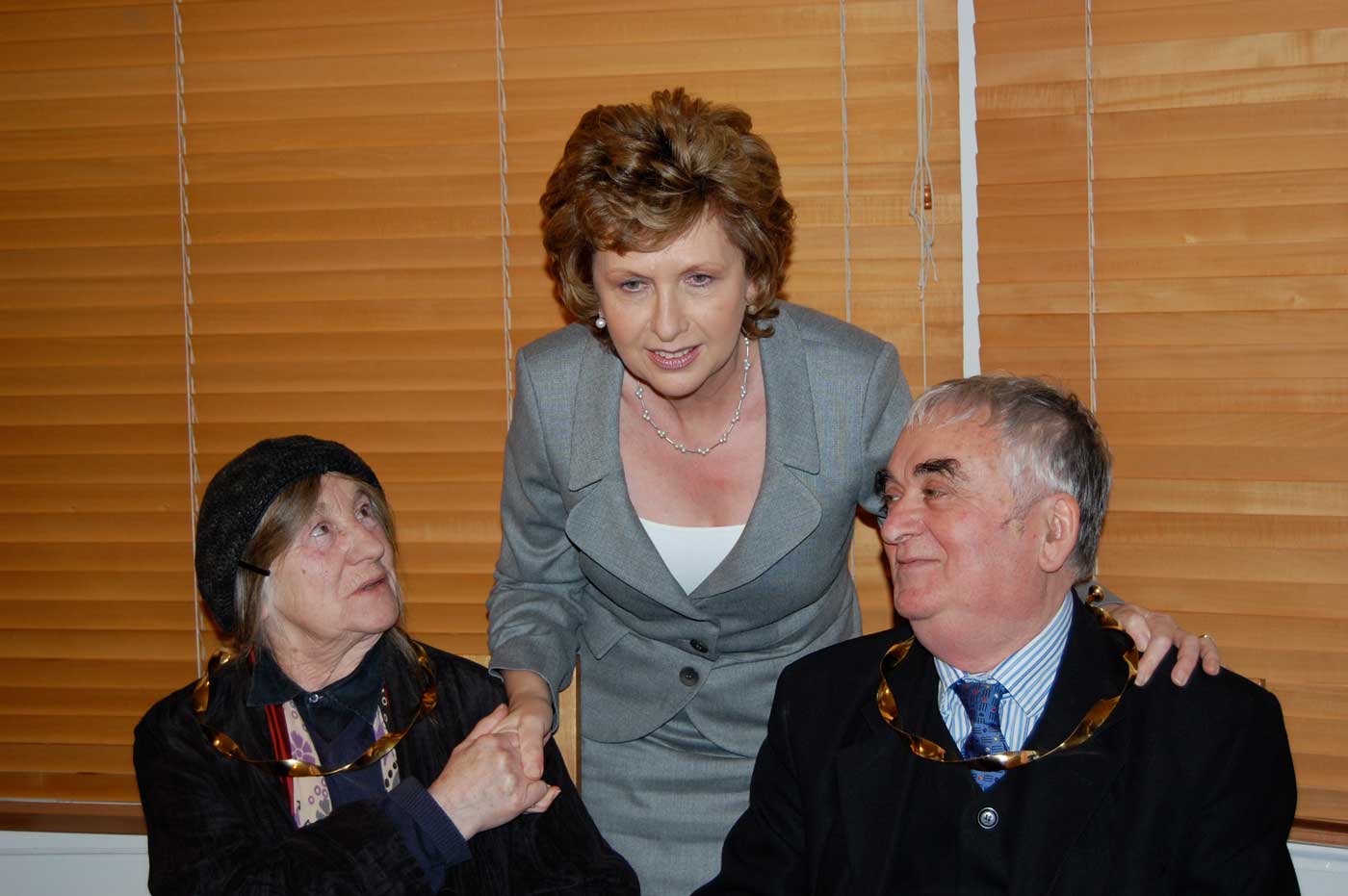
The 1970s were characterized by a highly imaginative dialogue between the idioms of Irish traditional music and the European avant garde, during which he rethought some of his own preconceptions. Examples are his uncontested masterpiece A Girl and A Small White Cloud Drifts over Ireland (1975), which has become one of his most popularly performed orchestral works. The work draws on the tradition of the Irish descriptive piece, a tone painting of Ireland in which Irish traditional elements – fragments of original newly-composed jig, reel and slow air combine with highly contrasted elements: clusters, simple tonal chords in irregular layout and set in irregular structures. The kaleidoscopic effect of these contrasts inspired the title of the piece, where song, dance, human feeling and conflicts are integrated into the larger picture. In the words of Proinnsías Ó Duinn, an Irish conductor who programmed it many times, ‘there’s no other Irish piece for orchestra quite like it’.
On home ground Bodley became an increasingly public figure and was frequently commissioned for major state occasions such as the visit of Pope John Paul II to Ireland in 1976 at which he heard his Mass of Peace (1976) sung by over one million people in the Phoenix Park; his mythic Symphony no. 2, I have Loved the Lands of Ireland (1980) commissioned by the Irish Government in commemoration of Pádraig Pearse (1980) and the triumphant premiere performance of his Symphony no.3 Ceol (1980), composed for the opening of the National Concert Hall. As Bodley’s musical outlook broadened, his fourth phase in the 80s and 90s embraced Irish and European influences, as is evident in his fourth symphony commissioned by the Arturo Toscanini Symphony Orchestra of Parma, Italy.
His final phase from the Millennium has been recognized by Gareth Cox and Axel Klein as a period of remarkable energy and intensity of expression heralded by a series of piano works News from Donabete (1999), Chiaroscuro (1999), An Exchange of Letters (2002) and unmistakably evident in his Piano Trio (2014). In this period his unique contribution to Irish Art Song embraced both Irish and German literature in his two Goethe cycles- Mignon und der Harfner (2004) and Gretchen 2012. The rhythmic incisiveness of the former re-ignited his reputation for writing music that was difficult to perform. The years Sylvia O’Brien spent performing with Bodley lent for an immediate apprehension of the musical import of these Mignon songs. Her sensitive realization of the contemporary character of Goethe’s Mignon and the natural sonority of Bodley’s vocal writing was evident in her performance with David Adams (piano) which marked the composer’s eightieth birthday. Although the articulation of musical discourse is easier to follow in Gretchen, the language itself is as challenging as ever. Bodley’s invigorating and poignant premiere with O’Brien of this cycle with Imelda Drumm (mezzo) and members of the Chamber Choir conducted by Ruaidhrí Ó Dalaigh in Maynooth University received a standing ovation. The premiere was to be Bodley’s last public appearance as a pianist.
Bodley never ceased to think about subjects in relation to each other. He made painting, poetry, architecture, music and film communicate with each other, always in the service of a more artistic society. Examples are Chiaroscuro (1999) commissioned for the AXA Piano Competition, inspired by the discovery of Caravaggio’s The Taking of Christ (c1602), which was rediscovered in the dining room of the Jesuit Residence in Dublin and bequeathed to the National Gallery in the early 1990s. The humility of Christ’s acceptance at the moment of betrayal is what ignited the composer’s imagination. An earlier (not unrelated) example is The Narrow Road to the Deep North (for two pianos, 1972, solo piano version 1977), a musical commentary on the political violence in the north disguised by his growing interest in Zen Buddhism and a particular travel diary of haiku poems by the Japanese poet Matsuo Basho, which bears the same title. Both poems and music of Earlsfort Suite were commissioned by Dúchas to commemorate in song important buildings and significant heritage sites in Ireland in this case the National Concert Hall in Earlsfort Terrace.
Bodley’s wide-ranging reading across many languages is reflected across his life from his Irish language art song composed in 1953 for the baritone, Tomás O’ Suilleabháin, whom he accompanied while he still in college. These imaginative settings to texts by three contemporary Irish-language poets, Séamus Ó’ Neill, Seán Ó Ríordáin and Liam S. Gógan deserve to be better known. His first major choral work, An Bhliain Lán (The Full Year for tenor solo and SATB chorus) is a setting of a text by Tomás Ó Floinn (1910-1997) based on an 11th century Irish poem. Other examples include his Irish language orchestral song cycle; his SATB setting of seventeenth-century Irish poets in Trí h-Amhráin Grá (Three Love Songs, 1952); Cathrúintí Mháire Ní Ógáin, settings of seven poems by Máire Mhac an tSaoi and anonymous Old Irish texts in Amra Cholum Cille (2007). He set High German texts by Martin Luther and Johann Walter in Fraw Musika. In the last two decades of his compositional life he read Wilhelm Meisters Lehrjahre and Faust I in German, attended a stage performance of the latter in Berlin, before setting songs and scenes from Goethe’s iconic novel and dramatic work. A journey to Illmenau with his wife, to the place where Goethe composed ‘Wandrers Nachtlied II’ on the Kickelhahn mountains on 6 September 1780 inspired Bodley’s serene setting. The Spanish Armada Commemoration Society commissioned Bodley to compose the song cycle Carta Irlandesa (Letter from Ireland) four songs to commissioned texts by the Spanish poet, Antonio González-Guerrero. The cycle marks the 400th anniversary of the disastrous expedition sent by King Philip II of Spain to invade England in 1588, during which time numerous Spanish wrecks were washed up along the west coast of Ireland. A linguist to the end, he took up Italian in his 80s and looked forward to setting Dante in the Italian vernacular, though this ambition was never realized. While he also set many English and American poets from Shakespeare, Milton and Wilfred Owen to Emily Dickenson and Walt Whitman, the majority of his solo and choral settings were to texts by major Irish poets: W.B. Yeats, George Russell (AE), Patrick Kavanagh, Thomas MacGreevy, Brendan Kennelly, Micheal O’Siadhail and Seamus Heaney. He actively collaborated with poets and enjoyed their different ways of working. With Brendan Kennelly they typically discussed at length the central idea of the work and after a few weeks Kennelly would return with a garland of poems he had written, from which Bodley would make the final selection. There was an obvious kinship with the poetry of Micheal O’Siadhail, with whom he loved to work, and from whom he typically requested a variety of moods in the one poem. Their collaboration resulted in two song cycles The Naked Flame (1987) and Earlsfort Suite (2000). The occasional setting, Squall, was composed for the poet’s 60th birthday (2007).
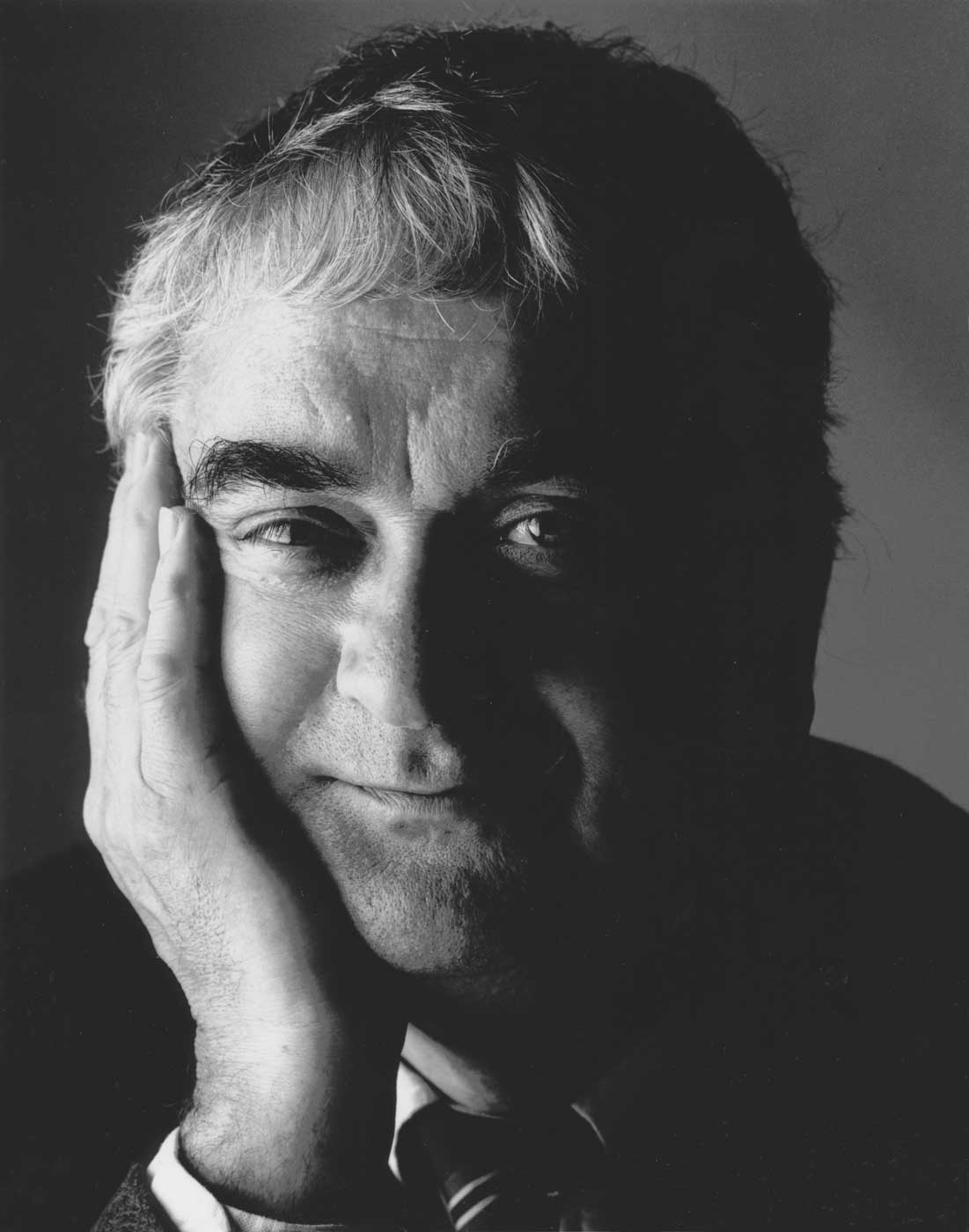


Bodley’s sacred music falls into two categories: public commissions of liturgical masses and hymns which have become part of the national liturgy, most notably his Mass of Peace (1976) which acknowledges the public’s need to have musical ideas repeated and is widely performed. His O Antiphons (1978) are a part of the Church calender performed at Advent every year in St Patrick’s College, Maynooth. A second category is Bodley’s secular spiritual works, most notably his concert mass (1984) for which he wrote the text, also conducted the premiere given by the Irish Chamber Choir and Irish Chamber Orchestra at the National Concert Hall. One of his most engaging sacred works in this category is Frau Musika (Madam Musik), a commission from the Johann-Walter-Kantorie Torgau to commemorate the 450th anniversary of the death of Martin Luther and the 500th birthday of Luther’s close friend, Kantor and composer Johann Walter (1496–1570). This choral work is based on texts by both men, which Bodley composed in their original Frühneuhochdeutsch or Early New High German. In Bodley’s words, the selected texts ‘concern music and its relationship to human feelings and spirituality’. It was premiered in 1996 in Torgau’s Schlosskirche by Aylish Kerrigan, the Johann-Walter-Kantorei and Musica Juventa Orchestra under Ekkehard Saretz. Later that year the Irish premiere took place at the National Concert Hall performed by the Goethe Institute Choir and the Hibernian Chamber Orchestra conducted by John Finucane. A second ecumenical choral work commissioned by Christ Church Cathedral Dublin, Amhra Cholum Cille (2007) sets an Old Irish text translated by Páraic L. Henry. Bodley’s most deeply spiritual work, ironically entitled News from Donabate (1999) records an experience of spiritual awakening, a fortnight of heightened awareness and deep serenity which he experienced on one of his annual trips to this small coastal town in Fingal, about 20 kilometres north of Dublin, where Bodley hired a cottage every September to compose. In private conversation he often spoke of the desire to get back to that place, an experience he re-entered in the final period of his life.
In 2013 Bodley’s health deteriorated and his ability to perform publicly was seriously affected by the onset of Parkinson’s Disease. Although he stopped performing in public just before his 80th birthday, he continued to compose until the age of eighty-five. His Piano Trio, Dancing in Daylight (2014) is a musical counterpart to Patrick Kavanagh’s Canal Bank poems which spoke deeply to the composer, one of which he had set very expressively in Meditations on Lines from Patrick Kavanagh (1971). Bodley’s piano trio is a Song of Thanksgiving composed after a period in hospital, which combines contemporary idioms with the composer’s characteristically lyrical lines and deep love of Irish traditional music, which emerges in the middle movement. The third movement opens with a poignant slow air, composed by the composer, freely ornamented (with Bodley’s consent) by Darragh Morgan, violinist and fiddler of the Fidelio Trio for whom this chamber work was written.
In a very different way, Bodley’s commitment to composition is heard as forcefully in his last major composition which was also his first duet song cycle, Songs from the Reservoir (2018), composed for Sylvia O’Brien (soprano) and Imelda Drumm (mezzo) and premiered for his 85th birthday in the Royal Irish Academy of Music. In this premiere his musical journey came full circle. A year later the Royal Irish Academy of Music honoured the composer’s lifelong contribution to music by making him a Fellow. Bodley’s last song cycle was inspired by a chance re-encounter with the poet on Nassau Street in December 2011 which led to a private poetry reading in a nearby café, where Kennelly recounted to Bodley and his wife the origins of the collection, Reservoir Voices (2009), and read to them a number of his favourites. The inward looking nature of the poems immediately spoke to the composer’s natural reserve and the reflective nature of the poems drew him back to the collection continually. He and a poet with whom he had collaborated were growing older and each translated those challenges into art.
At the premiere, the Contemporary Music Centre presented the composer with The Wake Forest Book of Irish Women’s Poetry, selected by Linda O’Shea Farren. Seóirse’s last song – and final composition – is from that collection: a short choral setting of poem by Eva Bourke, ‘Love after Chagall’ (2018) written for his wife on their anniversary. In the Royal Hospital in Donnybrook the following year he was planning one final piano piece, Bá an Daingin (Dingle Bay), the opening for which holds great verve, as well as great beauty and promise. Like all great artists whose creativity outlives their physical strength, this plan sadly never materialised.
His 90th birthday year was the focus of enormous activity. In April 2023 his Heaney cycle, The Hiding Places of Love (2011) was performed for the composer by Sylvia O’Brien and Isabelle O’Connell in the Hugh Lane Gallery Dublin, where Seóirse and Sylvia had premiered it in the presence of the poet in 2011. New Music Dublin honoured Bodley’s birthday with performances of Earlsfort Suite and Bodley’s much loved and much performed, A Small White Cloud Drifts over Ireland. Dublin, Frankfurt and Berlin were among the centres to mark his 90th birthday with performances of his Goethe settings, most notably in the poet’s childhood home in Frankfurt, and Mendelssohn’s family home in Berlin. Another poignant tribute was performed and recorded by Aylish Kerrigan in Stuttgart, sixty-six years after Seóirse moved there as student and professional composer. His very first orchestral composition, Music for Strings was given a very lively rendering by Luminosa, conducted by Sinead Hayes in St Nicholas’ Church in Galway on 19 September. It was fitting that his very first orchestral work, composed seventy years earlier marked his 90th year, first and last performances in his lifetime coming full circle.
The composer died peacefully on 17 November 2023 in his home in Blackrock in the presence of his wife and children. His death promoted a huge outpouring of affection and remembraces from colleagues, former students and musicians. Ireland’s Michael D Higgins led tributes recalling the warmth of his personality and the great affection, as well as respect, in which he was held by all, stating ‘I have no doubt whatever that his unique legacy will endure for generations to come’.
Today, Bodley’s legacy continues through his music: his Mass of Peace is widely performend and A Tightrope Walker Presents a Rose remains beloved by pianists of all ages. Through the ongoing curatorship of his wife Lorraine Byrne Bodley – as well as musicians and musicologists – Seóirse Bodley’s legacy continues today. Most of all, it lives on through the music itself.

